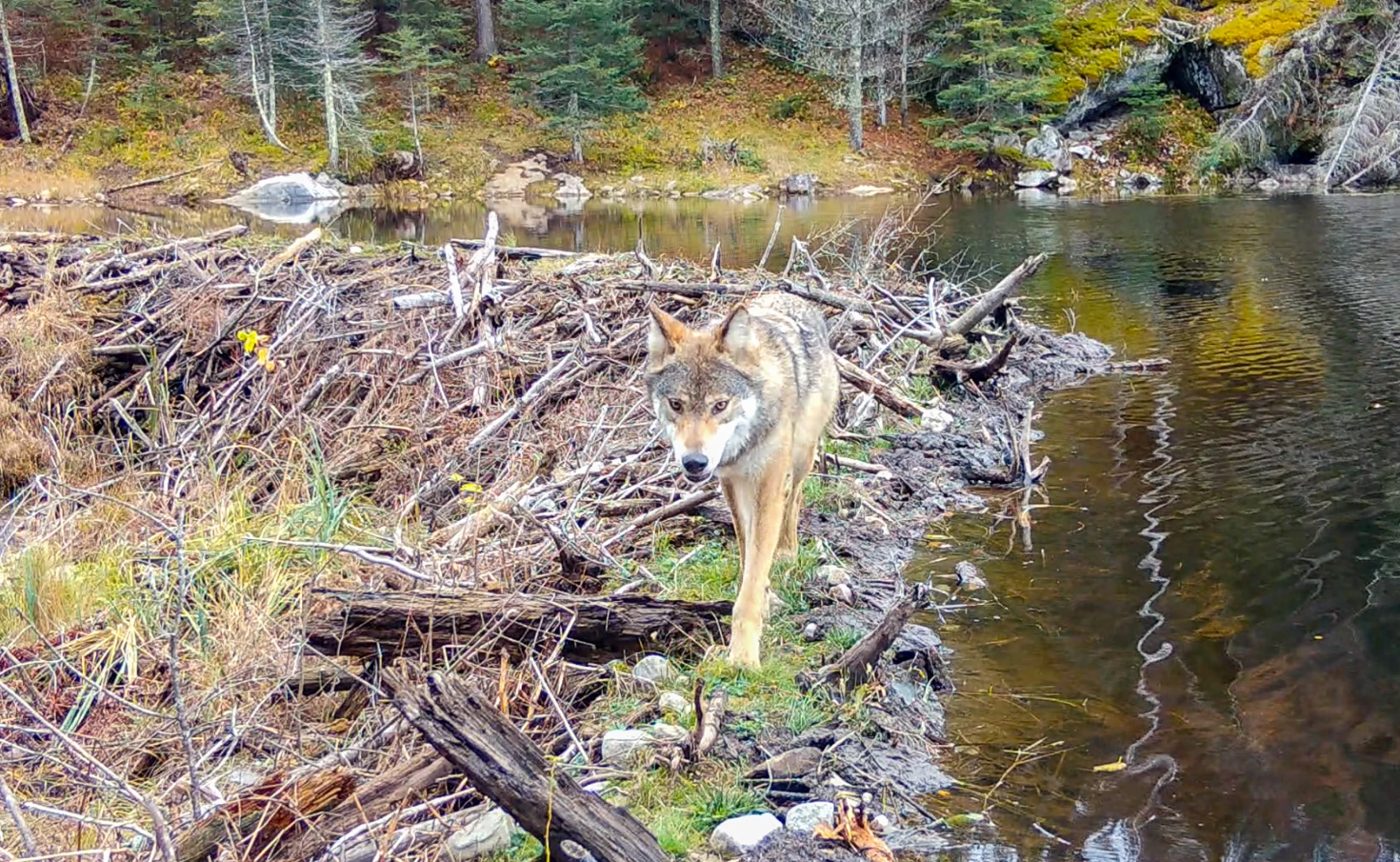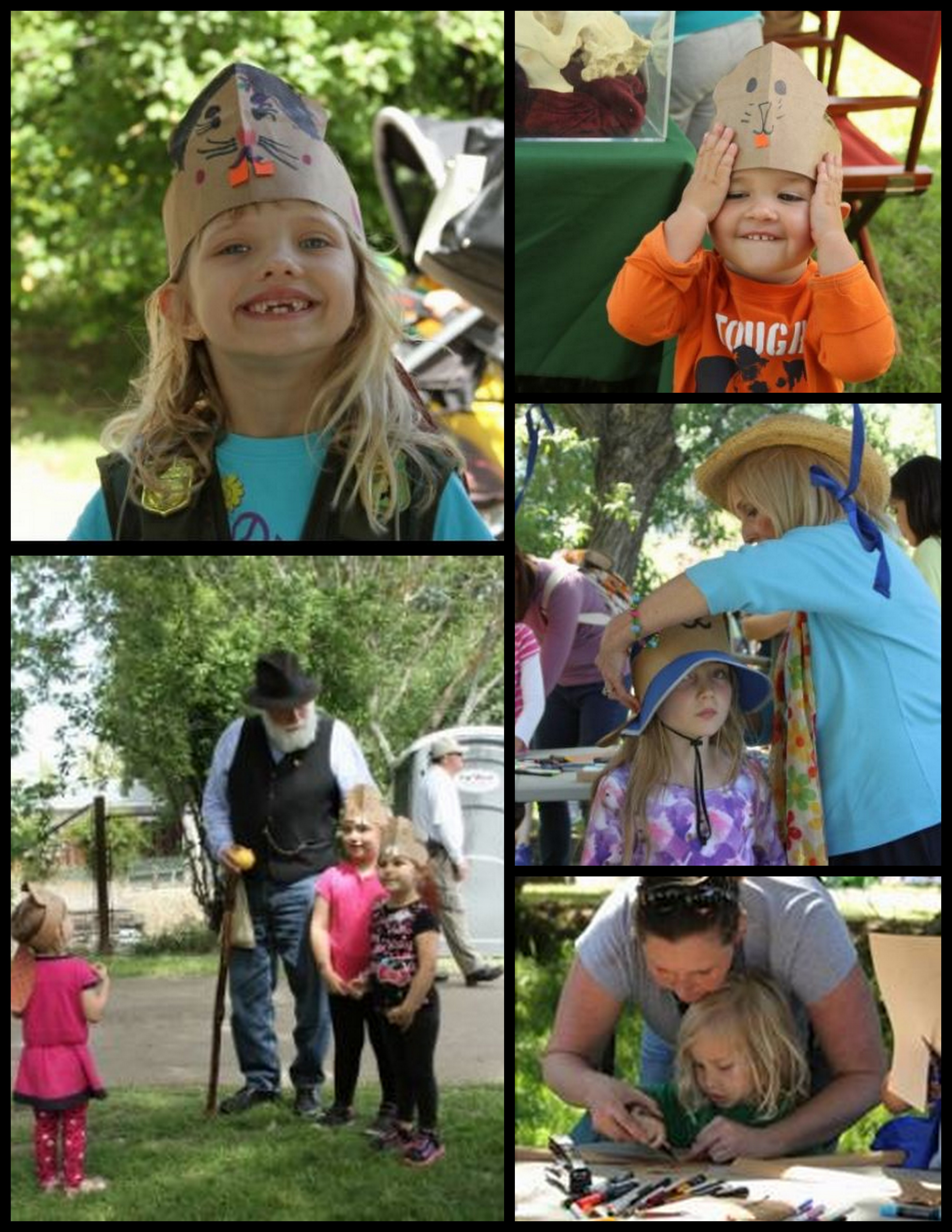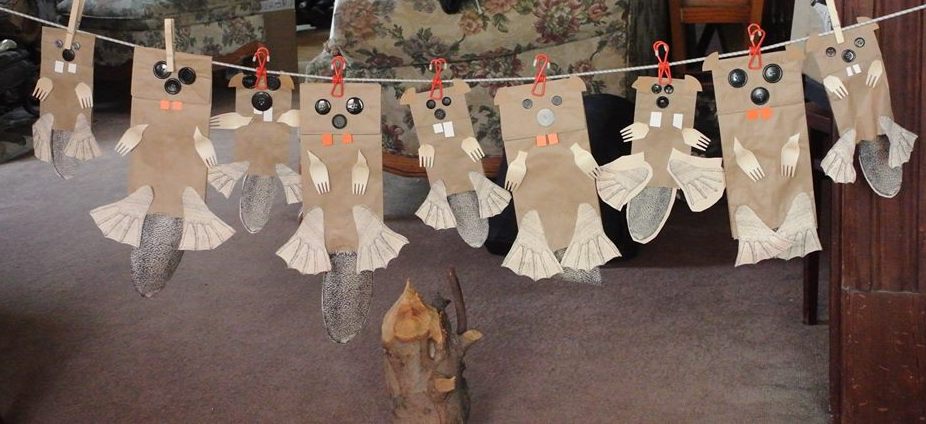Rest assured that I am a great fan of stories about landowners insisting on keeping their beavers. But this gives beaver believers a bad name. Of course it begins with photos of nutrias because why be accurate when you can slander?
Her Neighbors Wanted Her To Remove A Beaver Dam Because Of Property Damage, But She Refused Because The Beavers Would Only End Up Rebuilding It
If you live in an area where a lot of wild animals live, sometimes you need to treat the animals with neighborly consideration.In today’s story, the problem involves nature, including beavers, a beaver dam, and property damage. The neighbors don’t see eye to eye about what to do about the problem.Find out how the story unfolds…
AITA For refusing to remove a beaver dam on my property that is causing flooding and property damage to my neighbors
few years ago I purchased a few dozen acres of land in a rural area and built a house there.
After a lifetime of the hustle and bustle of city life, I love the peace, quiet, and serenity that rural living has given me.
Things were fine at first…
My nearest neighbors live a couple miles away and until recently I have barely interacted with them. They are a younger couple that inherited the property from one of their families.
One of the things I love best about my property is the variety of wildlife that lives here. I’ve seen deer, otter, coyote, fox, dozens of species of bird, and beaver.
There is a small river (more of a large creek than a river) that flows through my property and I live downstream from my neighbors. The beavers have built a dam just a few hundred yards on my side of the property line.
That sounds nice. A landowner who appreciates the wildlife on their creek.
Now that the snow here has started to melt, the creek has been running like crazy and the beaver dam has apparently caused quite a bit of flooding on my neighbor’s property and caused damage to some outbuildings and cropland.
My neighbors came to my house a couple weeks ago and told me about the flooding problems.
I was aware of the dam, but had no idea of the issues it was causing them.
They asked me if I would be willing to remove the dam.
Ummm
I told them that removing a beaver dam is a hell of a lot of work and unless you remove the beavers, they are just going to rebuild it anyway, so in my opinion it’s not worth it.
They asked why I don’t just remove the beavers, and I told them I like the beavers. I clarified to them that “removing” the beavers means terminating them, not just trapping them and bringing them to a new home.
They got very upset and frustrated with me because they don’t know what else to do about the water.
I understand their feelings. I’ve dealt with water damage before. I know how much it sucks.
What? The beavers will just rebuild so I won’t keep my land from damaging your property? Really? Is that an actual thing people say? I weep for you the Walrus said and deeply sympathize….
But I’m not going to go to the effort of removing a dam just for the beavers to rebuild it again, and I’m not going to remove the beavers.
I told them they are free to try and remove the beavers if they are on their land, but even if they do, it’s likely more beavers will just move in to fill the void.
The husband was getting heated, threatened to sue me and his wife tried to calm him down, but I told them I would like them to leave.
The narrator is SO close to being one of us. But so irresponsible and insane they are making us look bad. Sucks about the water damage. Beavers are a keystone species. Too bad.
No discussion of a flow device. No admission that the property owner with the beavers gets the benefit of a pond with more wildlife and the down stream neighbor gets the risk.
I think I sat behind this person on an airplane more than once.
They did, but not before the husband called me an AH.
The next day I went and found the dam and set up a handful of trail cams in the area, just in case.
In my opinion this type of thing is something you have to be willing to deal with if you live in an area that is shared with wildlife.
I understand it sucks for my neighbors and with spring rains coming it’s possible their water issues are only going to get worse, but it’s not really my problem.
Sucks to be you. At this point the author incorporates other opinion cleverly transcribed from reliable sources like reddit.
Oh my God people are going to HATE us all. Yes beavers are good and Yes if you rip out the dam they will just rebuild and YES if you kill them new ones will move in, but because we are wise enough to know all this then we are wise enough TO FIND A SOLUTION.
Pissing off your neighbors will never ever ever protect beavers.












































